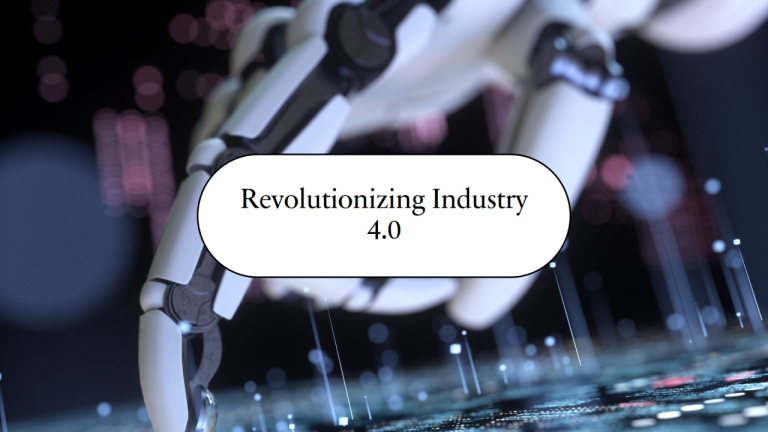The mining industry is witnessing a revolutionary shift with the advent of automation and smart transportation technologies. These innovations promise to redefine how materials are transported, improving efficiency, safety, and environmental sustainability across mining operations globally.
Autonomous Haul Trucks: The Backbone of Modern Mines
Autonomous haul trucks are rapidly becoming a cornerstone of smart mining. These driverless vehicles, equipped with advanced sensors, GPS systems, and artificial intelligence, navigate challenging terrains without human intervention. Companies such as Rio Tinto and Caterpillar are at the forefront, deploying fleets of autonomous trucks in mines across Australia, Canada, and South America. These trucks not only reduce labor costs but also enhance safety by eliminating risks associated with human-operated vehicles in hazardous environments.
Drones: Enhancing Efficiency and Monitoring
Drones are another key player in smart transportation within mining. They are used to survey vast mining sites, inspect equipment, and even assist in mapping haul routes. With high-resolution cameras and real-time data transmission, drones enable operators to monitor operations more efficiently, identify bottlenecks, and ensure the optimal use of transportation infrastructure.
AI and IoT Integration in Mining Logistics
Artificial intelligence (AI) and the Internet of Things (IoT) are driving smarter decision-making in mining logistics. By analyzing data from sensors installed on vehicles and equipment, AI algorithms can predict maintenance needs, optimize routes, and balance workloads. IoT-enabled systems allow for seamless communication between various components, creating a synchronized transportation network that minimizes downtime and maximizes productivity.
Electrification of Mining Transport
The shift towards electrification is gaining momentum as mining companies strive to reduce carbon emissions. Electric and hybrid vehicles are being introduced to replace diesel-powered equipment, significantly lowering the environmental footprint. This transition is supported by advancements in battery technology, which enhance the range and performance of electric mining vehicles.
Challenges and the Road Ahead
While the benefits of automation and smart transportation are clear, challenges remain. High initial costs, the need for skilled technicians, and cybersecurity concerns pose significant barriers to widespread adoption. However, as technology continues to advance and costs decrease, more mining companies are expected to embrace these innovations.
Conclusion
Automation and smart transportation represent the future of mining. By leveraging cutting-edge technologies, the industry is poised to achieve greater efficiency, improved safety, and reduced environmental impact. As these advancements become more accessible, they are set to play a pivotal role in shaping the mining operations of tomorrow.


